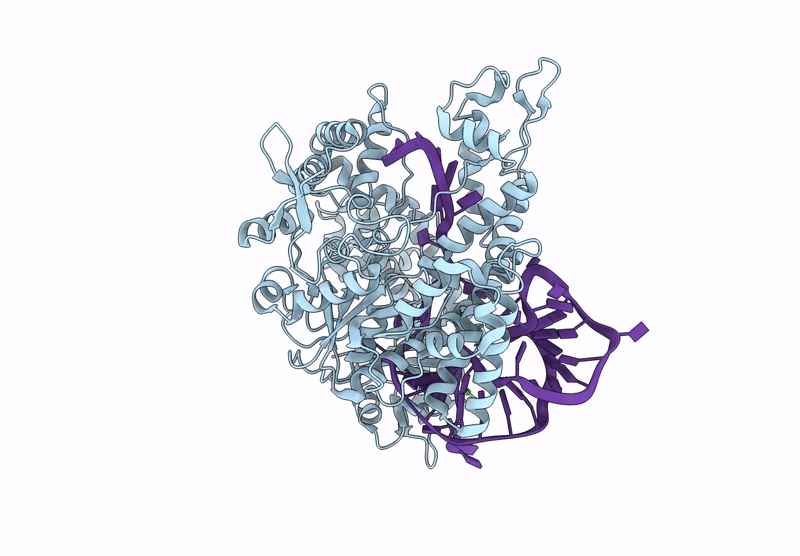
Deposition Date
2024-08-01
Release Date
2025-06-11
Last Version Date
2025-06-25
Entry Detail
PDB ID:
9IZM
Keywords:
Title:
Cryo-EM structure of CasLambda2-crRNA binary complex
Biological Source:
Source Organism:
unidentified (Taxon ID: 32644)
Host Organism:
Method Details:
Experimental Method:
Resolution:
3.02 Å
Aggregation State:
PARTICLE
Reconstruction Method:
SINGLE PARTICLE


